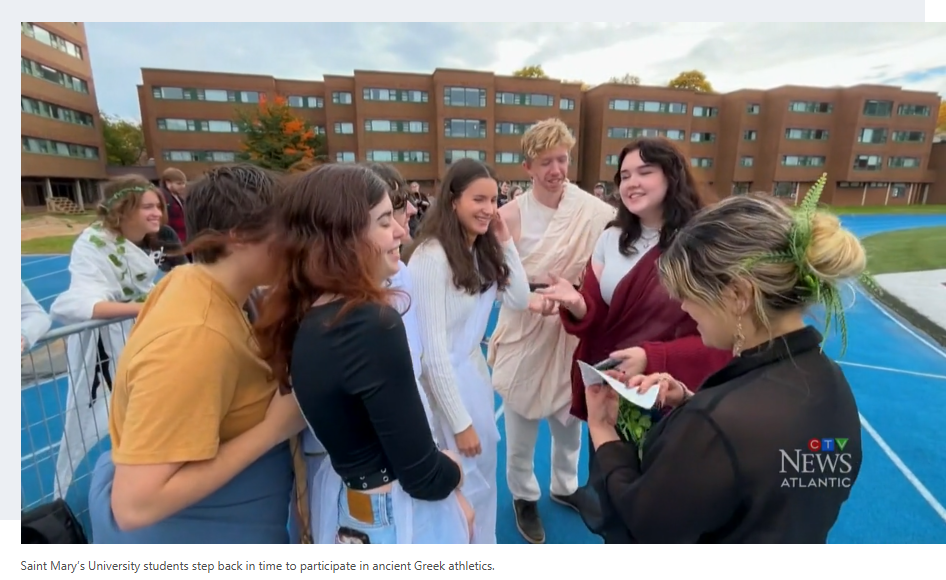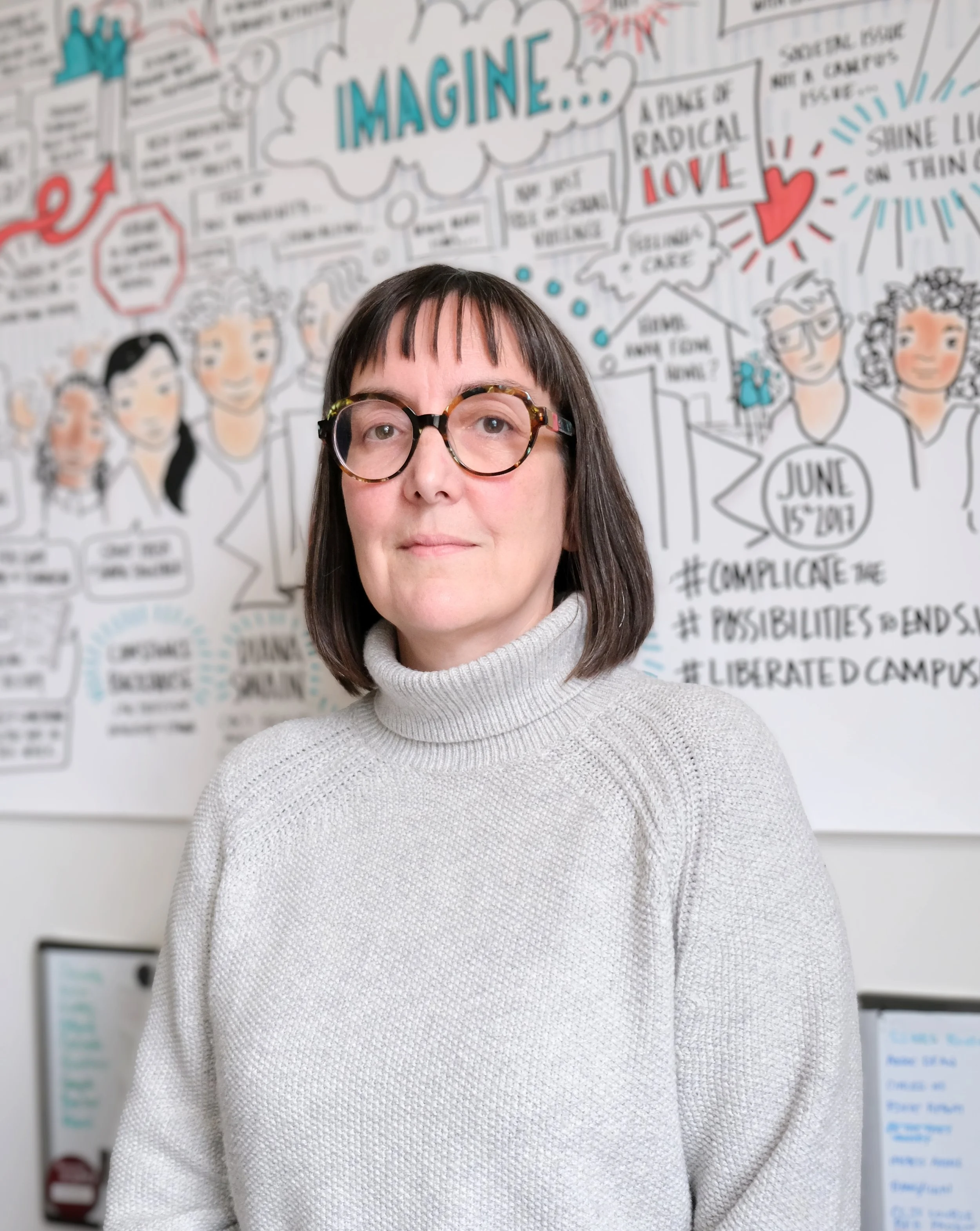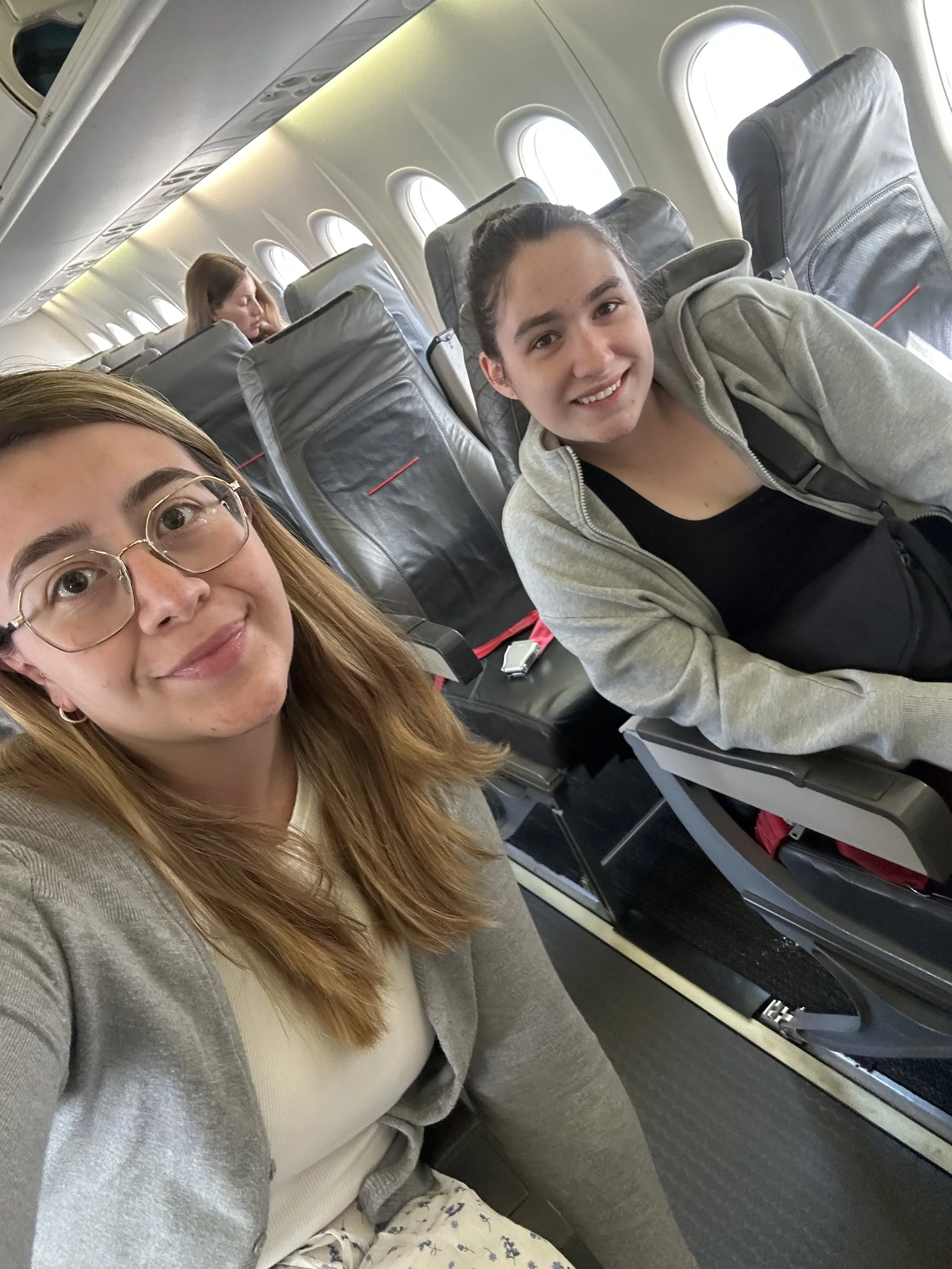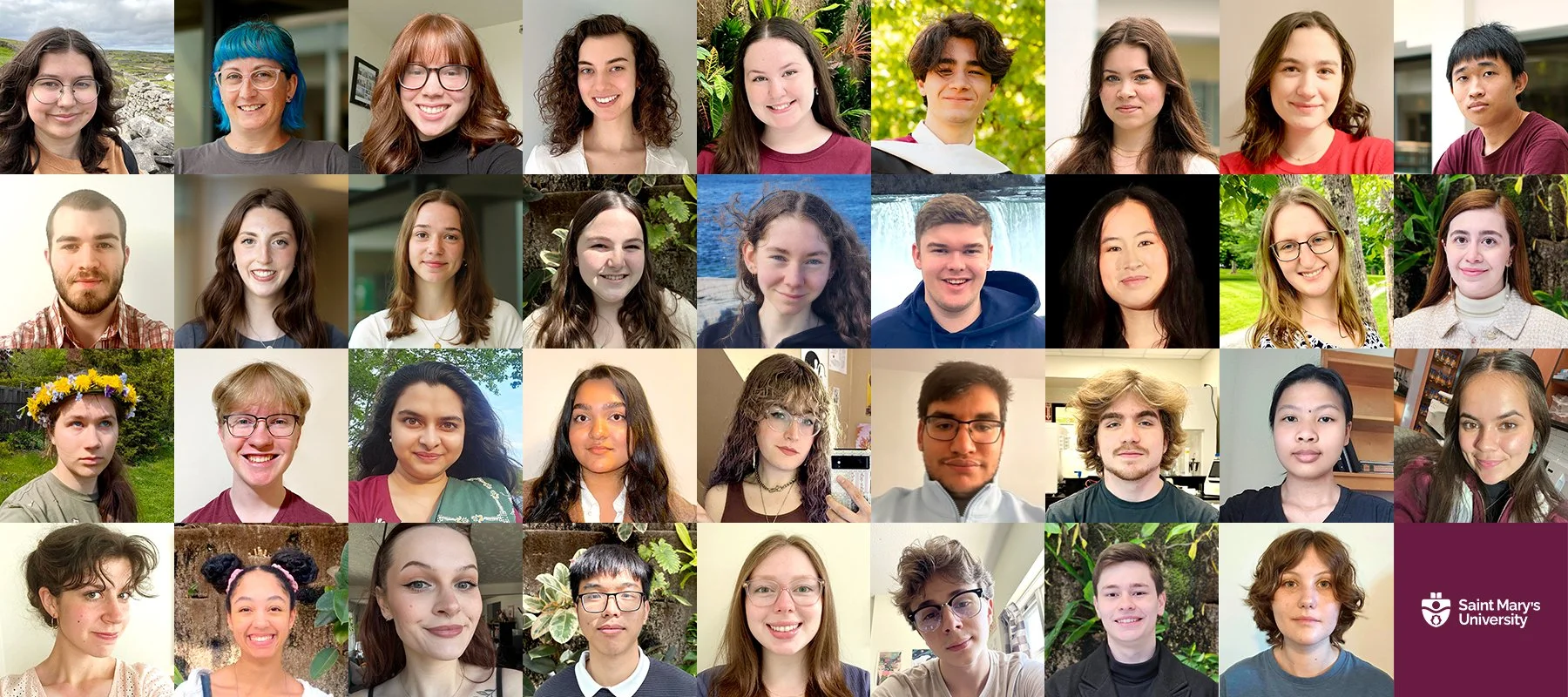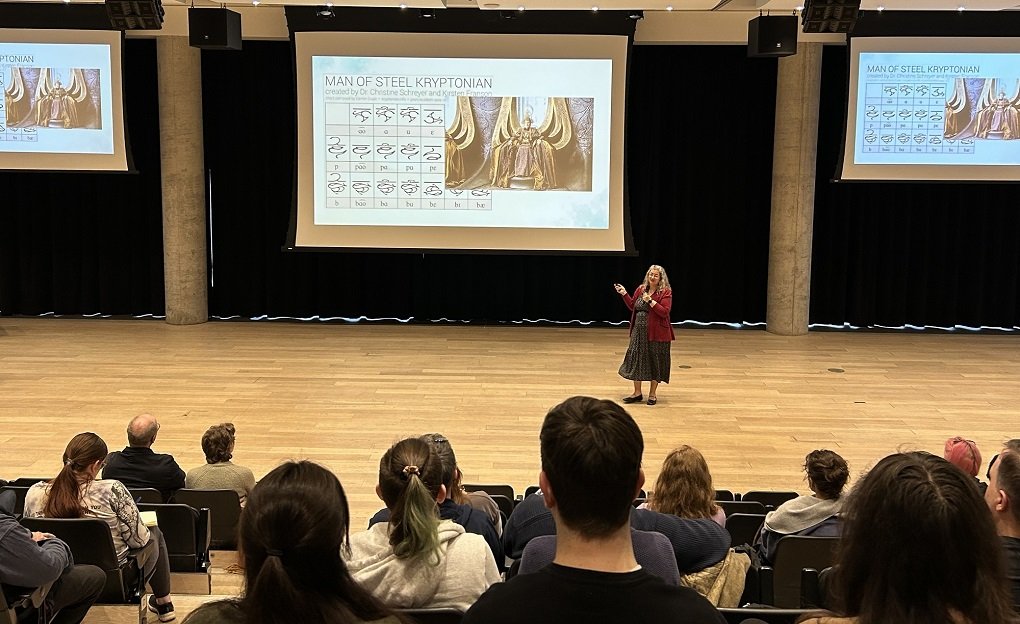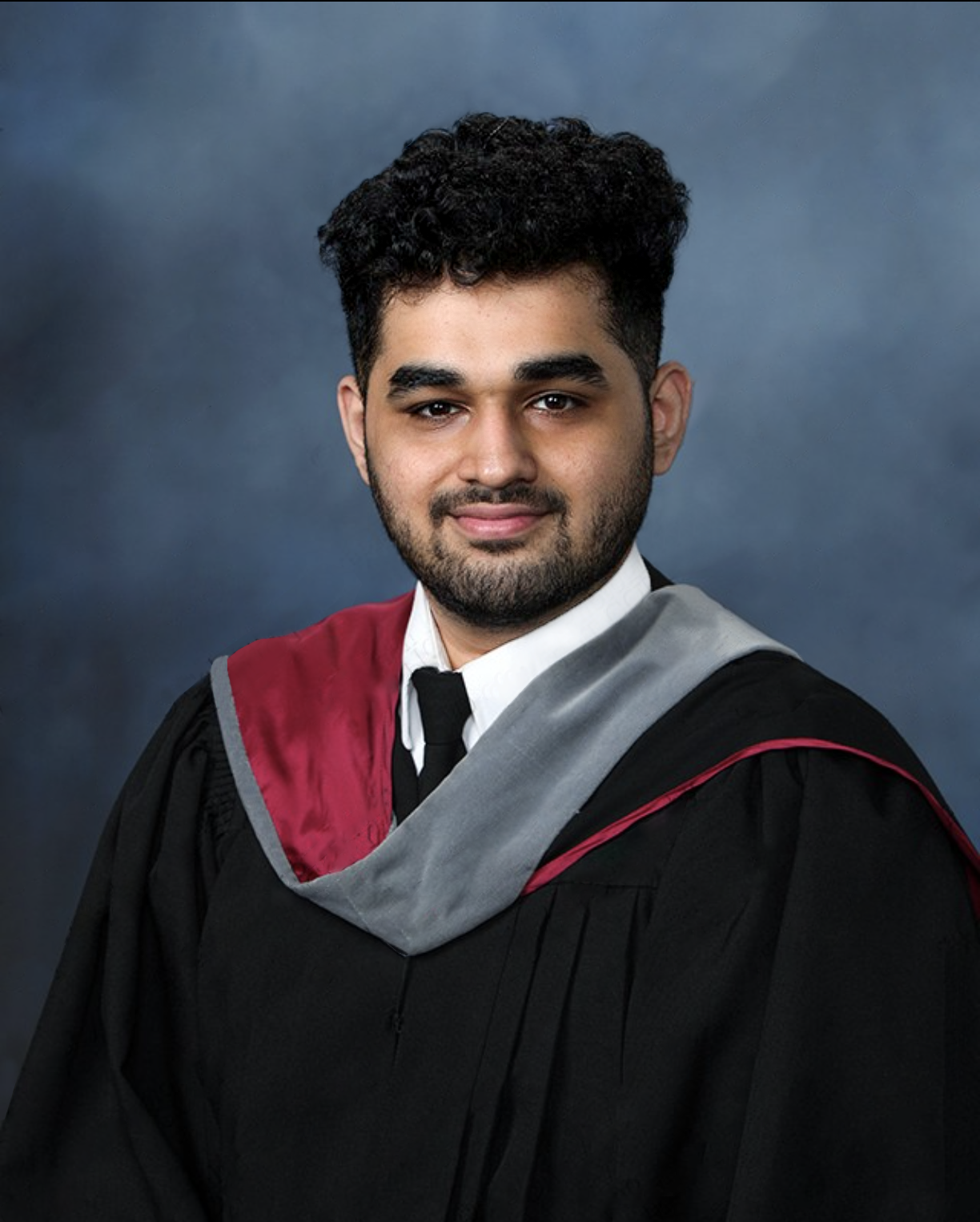





Students dusted off their togas and olive branches this fall, taking history to the field for a dynamic outdoor reenactment of the Ancient Olympics as part of Dr. Sveva Savelli’s popular course “Sport and Leisure in the Ancient World.”
Cross-listed in both the Ancient Studies and Health, Wellness, Sport and Society (HWSS) majors, Dr. Savelli’s course draws attention to the historic origins of the sports we know today and examines the impact they had on the societies that shaped them.
Dr. Savelli is an associate professor of Ancient Studies and Intercultural Studies in the Department of Languages and Cultures. She also runs the Metaponto Archaeological Field School in southern Italy—so she is no stranger to providing opportunities for hands-on learning.
During the demonstration, students performed reenactments of the Ancient Olympics on the field at Huskies Stadium, bringing history to life for their peers, their professor, and the media.
Their hard work, dedication, and exemplary presentation skills attracted the attention of CTV, Global News and the Chronicle Herald, as they showcased the unique education opportunities available in the Faculty of Arts.
“While I was developing this class, I was thinking about the students who are not able to participate in the field school,” says Dr. Savelli.
““Here at Saint Mary’s, we provide many opportunities for students to experience the ancient world, and this is a way to experience it on campus.””
Courses like these are part of the curriculum for the HWSS major in the Bachelor of Arts— accompanying a new wave of sports-related programming supported by the Scott McCain & Leslie McLean Centre for Sport, Business and Health.
The HWSS Major is geared towards students looking to launch a career in sport and ensures they are equipped to approach the industry from all angles: historical, political, social, psychological and more. Knowing where sport has been equipping students to take the industry to new heights, and the material is already resonating with students.
“Doing this Ancient Olympics project has really shown how these sports have changed over time,” says Liam Van Loon, fourth-year Environmental Studies major and varsity hockey player.
“Being an athlete myself, I see what modern-day athletics is like and how the culture operates, and it's neat to throw it in rewind and see what’s... laid the foundation for what we have today.”
Interested in more sports education? Check out the Health, Wellness and Sport in Society major and certificate and Sports Business major and certificate. Apply now for Fall 2026!

